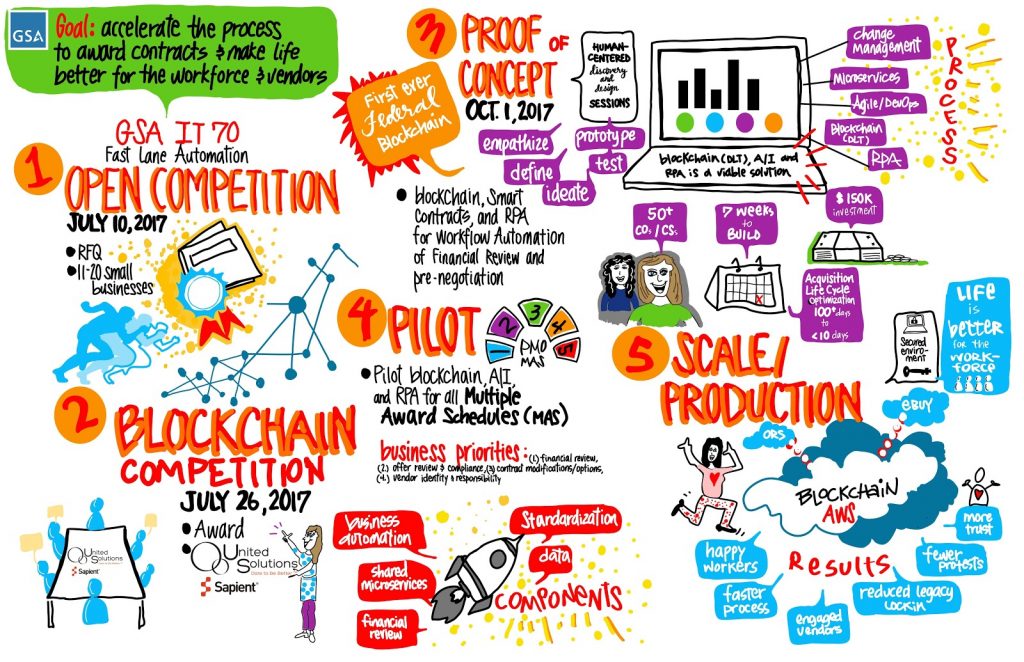GSA is where category management and IT acquisition intersect. Our acquisition experts specialize in understanding both the commercial marketplace and our federal partners’ needs.
To respond to the rapidly evolving software market and some important policy directives, we have updated the three Software Special Item Numbers (SINs) on IT Schedule 70. Now our offerings align better with the way software is sold commercially. Now it’s easier for our customers to get what they need, including transferring software licenses among federal entities.
Governmentwide IT Policies
In addition to our software market innovation, we in the federal acquisition community are also witnessing an unprecedented focus and collaboration around governmentwide IT, including software:
- The 2015 Federal Information Technology Acquisition Reform Act (FITARA) laid the foundation for changing how government buys, uses, and manages technology.
- In 2016, the Office of Management and Budget (OMB) published Memo M-16-12: Improving the Acquisition and Management of Common Information Technology: Software Licensing, which laid out a category management approach to addressing the $6 billion worth of software the federal government buys each year through more than 42,000 transactions.
- Also in 2016, the MEGABYTE Act established a “good for government” forum to help agencies with their major software acquisition and management needs, including implementing the requirements in OMB Memo M-16-12.
Special Item Number (SINs) Updates
The updates to Software Special Item Numbers (SINs) 132-32, -33, and -34 will make it easier for GSA to serve our federal partners, help them comply with policies, and give them new solutions by:
- Adding language within Term Software SIN (132-32) to define term software licenses and distinguish between Term Software and Software as a Service (SaaS) included in the Cloud SIN (132-40);
- Including optional software identification tags and transferability rights under SIN 132-33 Perpetual Software Licenses;
- Renaming SIN 132-34 from Software Maintenance Service to Software Maintenance Services;
- Adding utilization limitations under SINs 132-32, 132-33, and 132-34 clarifying rights and ownership of derivative works; and
- Defining Commercial Supplier Agreements (CSAs) to include Enterprise User License Agreements (EULAs), Terms of Service Agreements (TOSs), and other licensing agreements.
We are dedicated to aligning what we offer with what the current marketplace’s demands, as technology changes rapidly. We work to improve the federal government’s ability to serve our ultimate stakeholder, the U.S. taxpayer
Please follow us on Twitter @GSA_ITC and LinkedIn to join our ongoing conversations about government IT.

